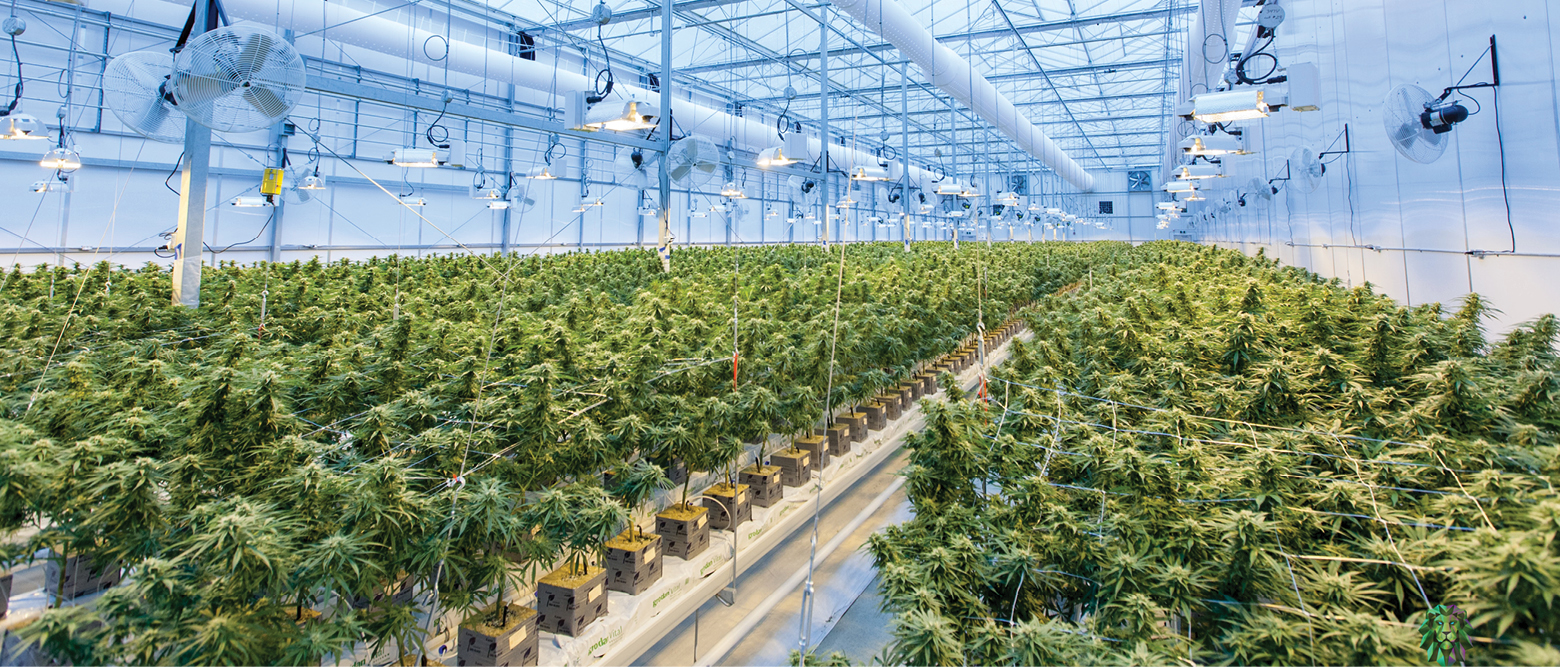
Cannabis cultivation in Canada: Assessing the air, health, and equity impacts of a growing and uncharted industry | Nominated Principal Investigator: Naomi Zimmerman, Co-Principal Investigator: Amanda Giang
On October 17, 2018, Canada became the second country in the world to federally legalize cannabis. Ten months later, the legal cannabis industry had grown by 185 per cent. Beyond the debates over retailers and dispensaries, cannabis is no longer a hypothetical premise in Canada but a large agricultural industry; however, many policymakers have little scientific data on its impacts on which to base decisions for their communities. Dr. Naomi Zimmerman and Dr. Amanda Giang, aim to address the lack of information around cannabis and industrial air pollution, by harnessing an innovative mobile lab, comprehensive data modelling, and strategic partnerships with national, provincial and civic organizations.
Often, civic governments interact with cannabis on the level of nuisance – a member of the community lodges a complaint about the smell near an industrial greenhouse – but as Dr. Zimmerman points out, odour is just one component of the emissions created by this new industry, emissions that we only know very little about:
Thinking from my air pollution background…[I wonder] what might those compounds be and what might happen to those compounds – if there’s sunlight, or other pollutants present? Do they stay as they are? Do they react with other pollutants in the atmosphere?”
Dr. Zimmerman and Dr. Giang, have recently been awarded a New Frontiers in Research Grant to study the air quality and health impacts of industrially growing cannabis. This $250,000 grant for high-risk, high-reward research will enable them to measure the terpenes and cannabinoids – emissions that off-gas from cannabis plants – and see if they if they further react to produce any pollutants that could affect the health of community members, and who might be most affected.
The pair are working with an interdisciplinary team that will allow them to directly create community impact with their work. They are joined on the study by co-applicant Dr. Sarah Henderson, Senior Scientist with the BC Centre for Disease Control and Associate Professor at UBC’s School of Population and Public Health, and are collaborating with Esther Berube and Julie Saxton at Metro Vancouver, and Angela Eykelbosch at the National Collaborating Centre for Environmental Health. Discussions with both the CDC and Metro Vancouver had identified the issue of cannabis-related emissions as an area of interest, and having engaged community partners in the construction of the study, Zimmerman and Giang are hopeful that the data generated will go back to the communities that helped generate it.
Beyond working with provincial and municipal institutions, the team will collaborate with the larger community. Using odour reports from the public to help create their sampling campaign, they will measure the compounds present by using the Portable Laboratory for Understanding human-Made Emissions, aka the PLUME van. The PLUME van is a mobile lab equipped to detect pollutants, and the NFRF grant allows the team to add specialized sensors for measuring the cannabis-specific terpenes and cannabinoids, and the pollutants they might create by merging with other components in the air. Combining the data from the PLUME van and the odour reports, the team can create a geospatial visualization framework that will give them a wholistic view of how and where cannabis-related emissions are affecting local populations. This will also allow them to address equity issues of whether certain segments of the population are disproportionately facing health impacts, whether through proximity or susceptibility.
Dr. Giang explains how the unique mechanisms of the NFRF allow for this research:
I think if we had pursued this research individually it wouldn’t have been as strong, as we would have pursued it from these separate angles. But now, we can integrate all these different data streams – and all these different holistic dimensions of this challenge – in a way where I actually think it’s going to be much more usable for decision making and for actually understanding the impacts in ways that matter to policymakers and also local communities.
The funding is also allowing undergraduates from a variety of disciplines to gain valuable research experience, as the team is joined by three students from Mechanical Engineering, Computer Science and Environmental Science who are helping to advance preparations.
While encouraging interdisciplinary collaborations, the NFRF program supports high-risk projects, allowing for outcomes to be uncertain. The team’s main goal in the next two years is to generate initial data, which can then be leveraged by potential policymakers, or expanded on by industry or international partnerships. “[This is] an opportunity for Canadian-specific research that could be really impactful,” Dr. Zimmerman explains. The project is responding to a current issue faced by Canadians and has the potential to contribute directly to local communities. “A lot of this is policy in progress; the policy is trying to catch up to where we’re at right now.”
Image by Richard T on Unsplash